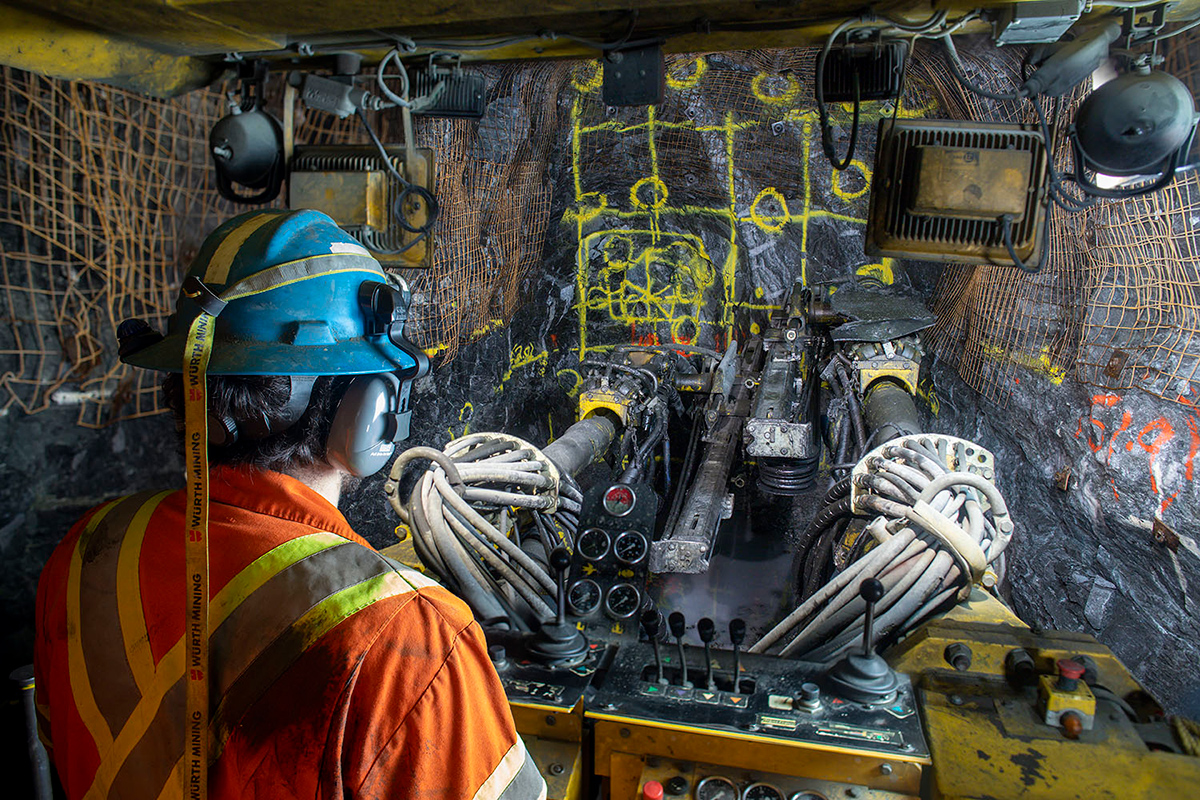 Alamos Gold Inc. reported results of its Phase 3+ Expansion Study conducted on its Island Gold mine, located in Ontario, Canada. It shows a larger, more profitable, and valuable operation than the one considered in Phase 3 Expansion Study released in 2020. Based on the results of the P3+ Expansion Study, the company is proceeding with an expansion of the operation to 2,400 metric tons per day (mt/d).
Alamos Gold Inc. reported results of its Phase 3+ Expansion Study conducted on its Island Gold mine, located in Ontario, Canada. It shows a larger, more profitable, and valuable operation than the one considered in Phase 3 Expansion Study released in 2020. Based on the results of the P3+ Expansion Study, the company is proceeding with an expansion of the operation to 2,400 metric tons per day (mt/d).
The P3+ Expansion Study has been updated to reflect the industry-wide cost and capital inflation since 2020, the company said. It highlights greater average gold production of 287,000 ounces per year (oz/y) starting in 2026 upon completion of the shaft, which represents a 22% increase from the Phase 3 Expansion Study and a 121% increase from the midpoint of 2022 production guidance of 130,000 oz/y.
“Island Gold continues to grow in every sense with our planned Phase 3+ Expansion driving the value of Island Gold to $2 billion at current gold prices,” Alamos Gold President and CEO John McCluskey said. “Mineral reserves and resources have increased to 5.1 million oz, supporting the Phase 3+ increase in production rates, which will create a bigger, longer-life, more profitable and valuable operation.”
The mineral reserve and resource base has nearly tripled over the past four years, according to the company. McCluskey said, “we expect Island Gold will be one of the lowest cost and most profitable mines for decades to come.”
Phase 3+ Expansion will have an average mine-site all-in sustaining costs (AISC) of $610/oz (average $576/oz from 2026), a 30% decrease from the midpoint of 2022 guidance of $875 per oz. It also increases the mineable resource 43% to 4.6 million oz of gold grading 10.59 g/mt. Mine life increased four years to 18 (2039), while operating at 20% higher production rates of 2,400 mt/d.
The study predicts growth capital of $756 million and sustaining capital of $777 million, both up from the Phase 3 Study reflecting the expansion, a larger mineable resource, and industry-wide inflation. The expansion plans also reduce GHG emissions by 35% over the life of mine relative to the current operation, supporting the company-wide target of a 30% reduction in GHG emissions by 2030.






